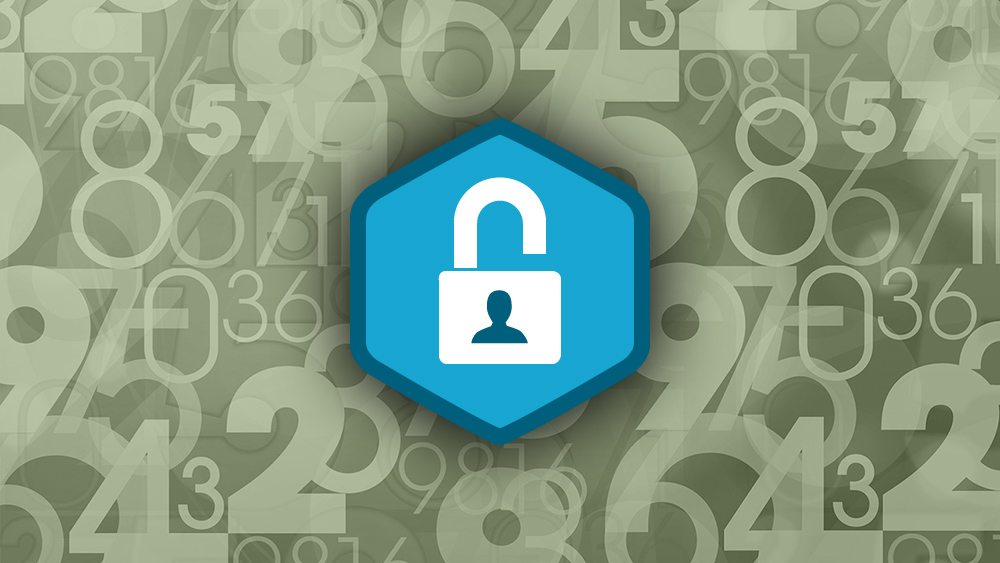Continuous review and improvement are crucial for a successful security program. As this year draws to a close, it is a good time to look back on 2021 and prepare a few resolutions for the new year.
Adapting to the pandemic-created hybrid office model has proven to be one of the biggest challenges. I expect that securing a remote workforce, the growth of applications and services in the cloud, and improving security controls over the supply chain will remain crucial topics for CISOs moving forward.
Here are some resolutions to follow to ensure your organization safely navigates the new hybrid office model.
1. Increase security awareness. The human factor is always the weakest link in cybersecurity. CISOs must stretch communications skills and create new channels to deliver education about information security. They must expand messages beyond phishing warnings to include topics such as laws and regulations that connect security with the business. Information privacy is a key topic.
2. Know who is connecting. Throughout the pandemic, the challenge of secure connectivity has been persistent. The bottom line is that secure VPN, single sign-on, and two/multi factor authentication are a must to validate and only allow in authentic users. Access and security logs must be carefully analyzed to identify any suspicious activity.
3. Secure VPNs and patch updates. VPNs hit the headlines at the start of the pandemic because many companies reinstated VPNs that were previously disabled without patching them first. Hackers took advantage of the situation, scanning for devices that they could exploit. Routine patching must be part of the security model and must be a top priority when it comes to safeguarding a business with work-from-home employees.
4. Secure the cloud. The cloud and “on demand” models have become hugely important for helping users access the applications they need to do work from anywhere. While this shift to the cloud has its productivity benefits, it has not come without its security challenges. It is important to remember that cloud environments are not automatically secure when they are first created. Securing them requires knowledge and time. To keep business safe, security controls must span all environments – providing 360-degree application protection for both the application surface and the cloud application infrastructure.
5. Know your suppliers. The SolarWinds vulnerability highlighted the need for companies to thoroughly evaluate the tools and services they integrate into their operations. This includes the careful installation and configuration of the product or service, tracking patches and new releases from the vendor, and monitoring for any suspicious behavior. In a highly sensitive environment, some companies may choose not to use third-party products or services.
6. Know the enemy. From nation-state attacks and climate hacktivists to disgruntled employees, security teams need to understand the techniques, tactics, and procedures used by malicious actors. By getting to know their adversaries, security will be better prepared to detect and evict threat actors who might be targeting their environment. Many security companies issue threat alerts that can be used to gather the latest intel to inform a security strategy. Continuous monitoring and analysis are required to detect and respond to these threats as soon as possible.
7. Maintain visibility. Companies need to make sure they can maintain visibility and consistency of security control posture across a collection of platforms, infrastructures, and technologies. Having visibility and control via security and development dashboards is a must. These dashboards should provide actionable analytics, automation, and customized controls.
8. Balance the load. Companies need sufficient capacity to balance the load on the network and scale to meet the needs of remote workers. After all, there is no point in having a secure network if every time it is accessed by large numbers of employees it fails because it can’t cope with demand. Since employee productivity depends on applications being available and accessible, CISOs must find appropriate solutions that provide business continuity. Those with multiple data centers should use global load balancing to ensure availability across data centers and the cloud.
CISOs have much to address moving forward in the new year. Fortunately, these eight resolutions can help ensure continuous improvements for safely navigating the new (out-of-) office reality.
Credit: Source link






















